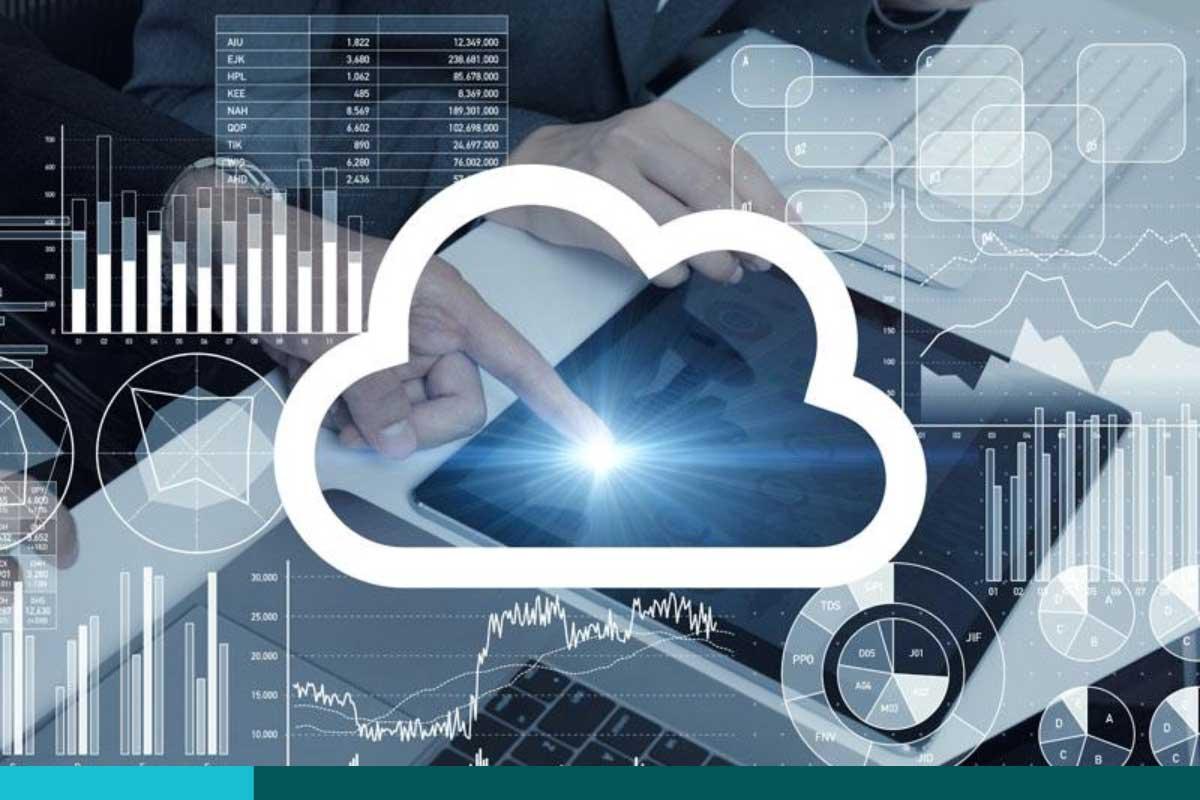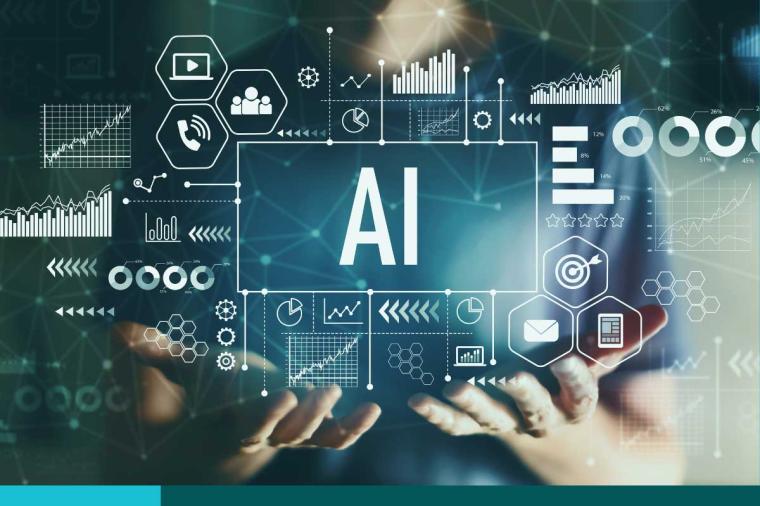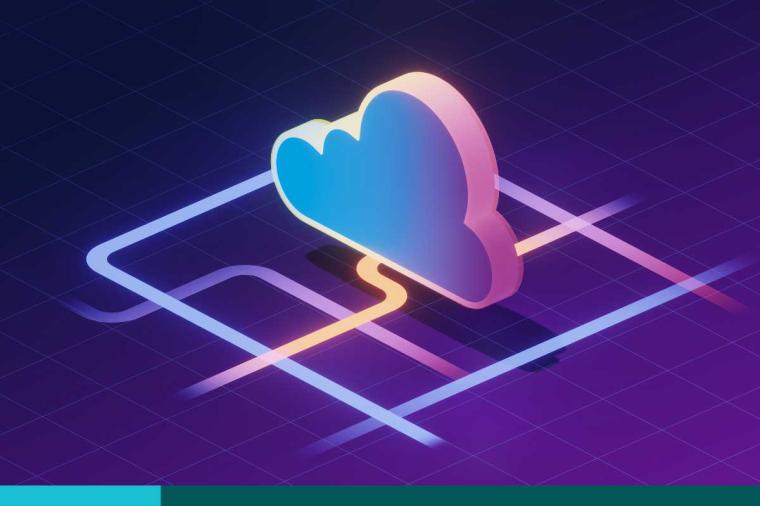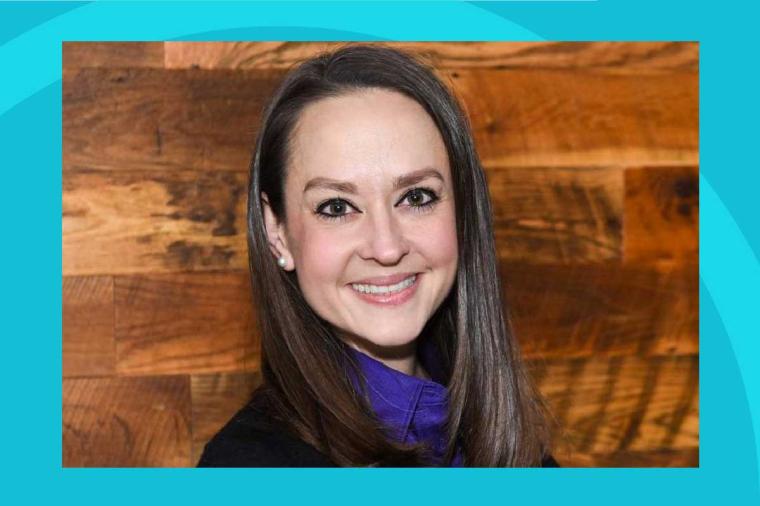Floating Above the Cloud: What’s New in IT Terminology

The concept of cloud computing has been around for many years now. Anyone positioned in the information technology (IT) world knows the language: SaaS, PaaS, IaaS, multi-cloud, hybrid, on-prem, and the list goes on. How has the concept of cloud morphed? More importantly, what are the cloud buzzwords and concepts that you should be aware of to get in front of end-users? Edge computing, data-centric architecture and sky computing are emerging, and here to stay. Let’s break down what each is and its current or future role in the U.S. federal market.
Edge Computing
Edge computing has taken over the Google search bar. It can be more easily understood as computing provided at or near the source of the actual data. It moves the concept of the cloud closer. The selling point of edge computing comes at the cost of time or latency. Data is able to travel faster utilizing edge computing services as opposed to the “traditional” cloud. As the adage goes, time is money. Time also creates faster decision-making skills for computers and the eventual result of more cost-effective outcomes.
Edge computing is showing up across nearly all U.S. government agencies. The United States Postal Service (USPS) is currently utilizing processing facility tools via the Edge Computing Infrastructure Program (ECIP). It functions to help solve the ever-present need to identify and track items across the entire U.S. mail system. But what is its end goal? Improve overall delivery metrics, find items fast, and always get you and everyone, that thing they ordered two days ago on Amazon.
We're also seeing the workings of edge computing displayed within the Joint All-Domain Command and Control (JADC2) initiative. This is a Department of Defense (DoD) push to connect sensors into a single network from all military services: U.S. Air Force, Army, Marine Corps, Navy and Space Force. As it stands, the current infrastructure is disjointed, however, the benefits provided by edge computing technology would (eventually) expedite decision processes leading to better overall outcomes for the Warfighter.
Data-centric Architecture
A data-centric architecture is one where data, as you probably guessed, takes the primary and permanent role. In short, all processes and procedures revolve around the data; a model is developed that the data is then conformed to, as opposed to plugging data into an existing application.
In 2020 and 2021, the DoD began targeting a more data-centric environment by establishing an enterprise data strategy and released the related memo "Creating Data Advantage" in May 2021, which noted five DoD Data Decrees designed to build a data-centric organization.
More recently, the DoD announced its intent to hire its first chief digital and artificial intelligence officer (CDAO), effective February 2022, with full operating capacity slated for June 1, 2022.
Sky Computing
Sky Computing may be distilled down to delivering two objectives: 1) Enable interoperability between clouds and 2) running any application on any cloud provider. In essence, it’s moving beyond cloud computing by removing the specific infrastructure behind it. Sky computing advances the cloud function, effectively moving more toward a commoditized or utility framework instead.
We're likely several years away from seeing this concept realized across any government platform, as so many agencies are still embarking on moving and maintaining data in the cloud. However, knowing what the future may hold with this concept is valuable for positioning in the market.
Understanding and implementing the latest technology is paramount to doing business with the U.S. federal government. These agencies are always seeking to better understand how they can intersect cost savings with quality and efficiency in both procurement and deployment. Those ideas never go out of style, even as newer technology and buzzwords come and go.
To get more TD SYNNEX Public Sector Market Insight content, please visit our Market Intelligence microsite.
About the Author:
Susanna Patten is a senior analyst on the TD SYNNEX Public Sector Market Insights team covering tech domain centric trends across the Public Sector.
















































